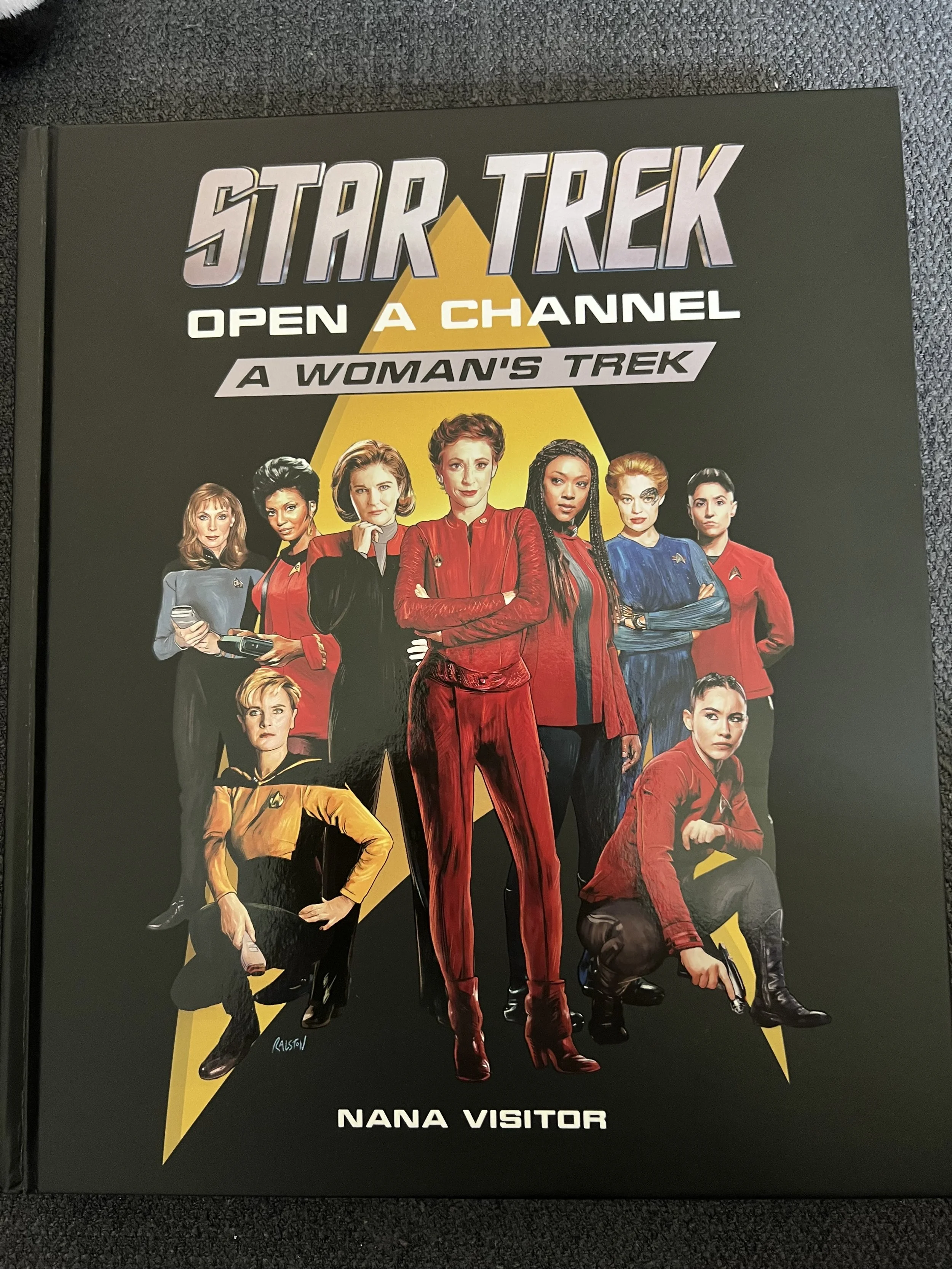About a month ago I got my ZSA Navigator, and have been using it every work day since, so I thought I would leave some semi-structured thoughts at this point.
First and foremost I should say: It took me at least two and a half weeks of puttering around before I was remotely happy. There’s a few things that I did right, and a few things that aren’t yet supported which would have sped that up, but it’s not a “wow, you’re instantly capable” kind of addition. However, if you’re the kind of person who bought a Voyager, I suspect you already are OK with spending some time figuring things out.
Using a Trackball
I’ve long been trackball curious, but I’ve never made the switch. I am incredibly happy with Apple’s touchpads and their acceleration curves, but I have never gotten an amazing setup with my trackpad and my Voyager. Lots of motion, awkward hand positioning from having the trackpad between my Voyager halves. its’ particurly an issue when it comes to having more tent on the Voyager -- it starts to feel like the trackpad is in a hole.
Some people have really nice clever solutions here, and honestly I may look more into them, but I really thought the trackball looked good.
Using the Voyager has shown me that there’s a bit of a mixed bag here. On the one hand, the the ball is quite nice. Haptically I really like it, and I like the easier access and fixed position relative to a Voyager half.
However, dialing in sensitivity has been a journey: If the sensitivity is too low, it feels like it takes forever to get your cursor anywhere, but if you set it too high, a trackball is very sensitive to your hand’s natural motion and hitting a target becomes a challenges of its own! At my preferred setting right now, things feel fine, yet I do feel like it’s still a bit too much jumpiness (there’s an aspect which feels almost like there’s too coarse a motion quantum too, but it’s purely a feeling)
Another interesting problem is momentum. I think Apple’s momentum based scrolling is remarkable. I had hoped that I would have physical momentum on my side with the trackball, but it turns out that the ball isn’t heavy enough or there’s too much friction, and so the ball doesn’t really show enough momentum compared to what I’m used to.
A Trackball With a Mouse For keys
Maybe I don’t brain good, but it’s been a month now, and I still am regularly getting mode confusion and problems. I’ve managed to fix quite a bit of the worst of it by banishing some of the most galling buttons to never-never-land, but it’s far from perfect.
Let me give you an example: The default mouse layout puts scroll lock on T -- but given the default dwell time, I kept hitting CMD-T while the mouse layer was active, setting scroll lock and then not actually opening a new tab like intended. So shorten the dwell time right? Except, then, a moment’s hesitation when trying to do a click with f means you’re filling a channel with mistaken f strokes. Hilariously frustrating when you’re in a shared doc with colleagues as they watch you drop f in random paragraphs.
So I turned off auto deactivate. Now I need to click to deactivate. But this still means that if I jostle the ball or move my mouse for some other reason, I have to remember to hit a key to get the keyboard back into ‘being a keyboard mode’. But it’s fine if you hit most keys, because they’re transparent down to layer 0... except unimportant keys... like d,f and g. Oops. I moved scroll lock to r, so r is also no good.
To know if the mouse layer is active I set a layer colour, which helps. However, you can’t set a layer colour for scroll lock which would be helpful when you move your mouse and seemingly nothing happens, because you’re not in a scrollable container, but you’ve accidentally turned on scroll lock.
So you’re left in this situation where you’re never 100% confident what each button or what the ball will do.
Am I sure that this isn’t just me being dumb? I think this might just be the challenge of wanting to get too much into the same device.
Physical layout
I opened complaining a bit about my trackpad feeling like it was down a well. But the default mount for the Navigator has the opposite feeling -- the ball is so high, you have to reach for it. I ended up getting my 3D printing guy to print me the official thumb shell. Strongly prefer this layout actually, though I miss my higher tent, and I keep thinking maybe I should get him to print me this with more tent.
Lots of Complaining.... you getting rid of it?
No, I think I’m going to keep it for now. When it’s working well it’s actually super lovely! I just think I need to keep tweaking some of this to get even more comfortable with it.
We’ll see what the update looks like in 8 months.
